#tenebrism
Photo
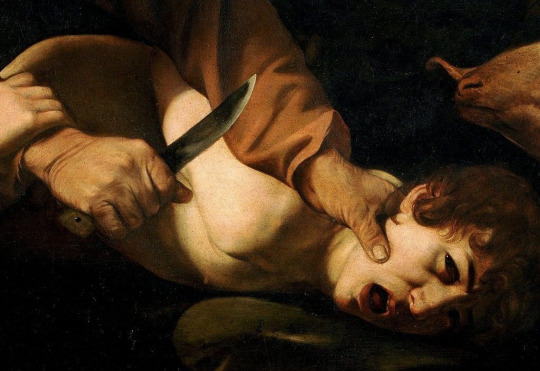
Title: Sacrifice of Isaac (detail)
Artist: Caravaggio
Date: ca. 1598
Medium: Oil on canvas
Size: 116 cm × 173 cm
2K notes
·
View notes
Text

Caravaggio. (1599). Narcissus.
Portrait of Narcissus, the vain young man in love with himself who drowns, but is transformed into a flower.
#art#art details#art history#art academia#paintings#art detail#art aesthetic#classic art#romantic academia#dark academic aesthetic#aesthetic moodboard#dark acadamia aesthetic#dark academia#noir palette#aesthetic#aesthetic tumblr#light academia#caravaggio#caravaggism#tenebrism#fine art#european art#renaissance#renaissance art#baroque#baroque art#noirpalette
694 notes
·
View notes
Text
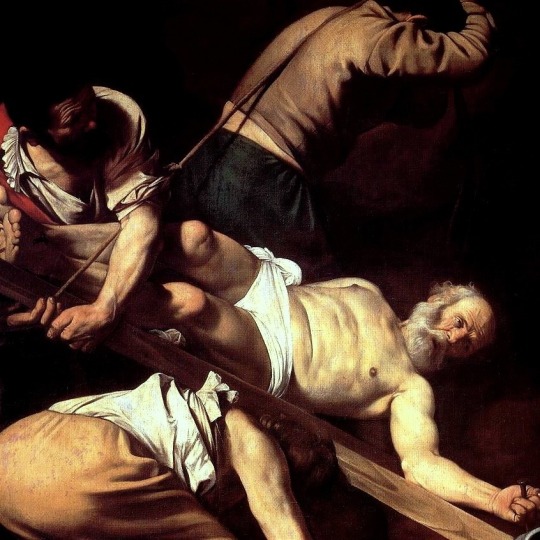

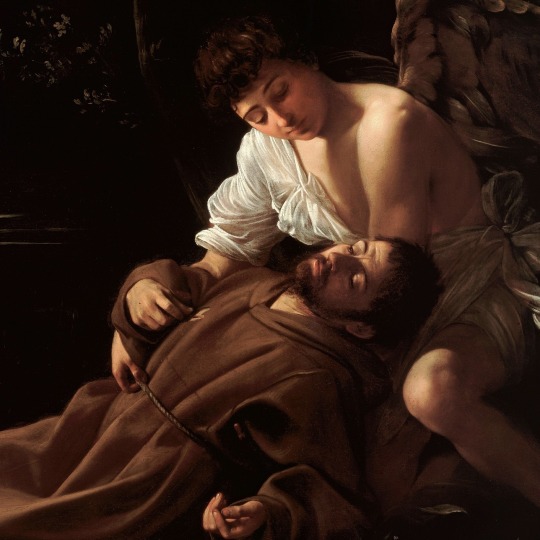





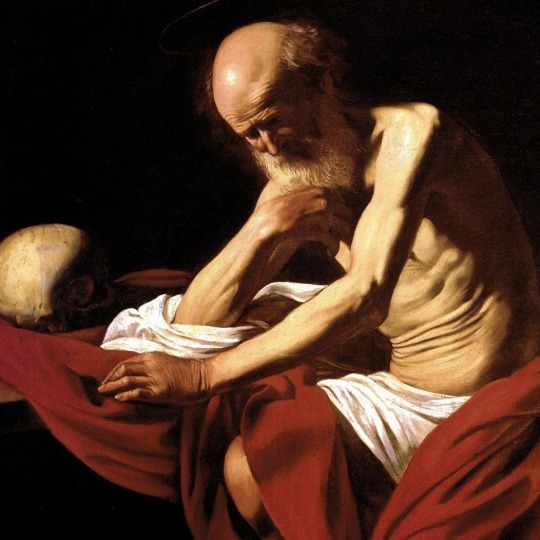
Artists: Caravaggio (1571 - 1610)
#caravaggio#italian artists#fine art#european art#renaissance#renaissance art#catholic aesthetic#art#artists#baroque#baroque art#biblical#jesus#judith beheading holofernes#favorite artists#dark academia#dark academia aesthetic#paintings#caravaggism#tenebrism
2K notes
·
View notes
Text
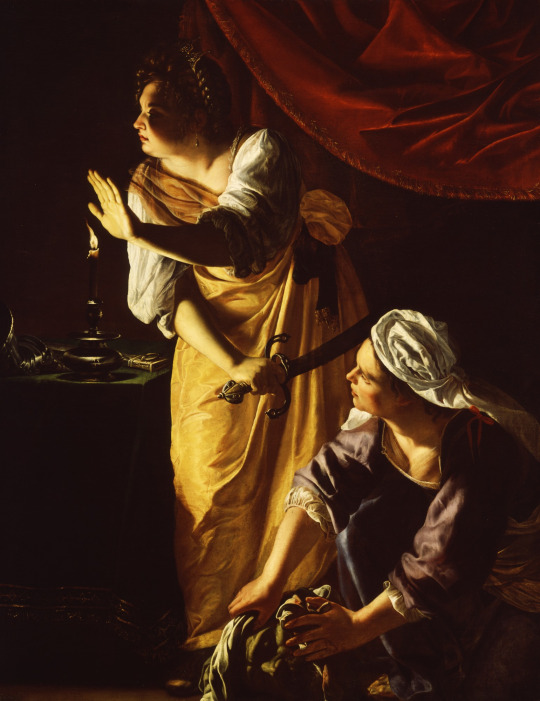
Artemisia Gentileschi, Judith and Her Maidservant, c. 1623-1625
#artemisia gentileschi#judith slaying holofernes#baroque art#italian art#art history#baroque#italian history#italian painter#female painter#biblical history#jewish history#chiaroscuro#tenebrism
333 notes
·
View notes
Text

Title: The Prophetess Anna (Rembrandt`s Mother)
Artist: Rembrandt
Date: 1631
Style: Baroque, Tenebrism
Genre: Portrait
#art#painting#art history#artwork#museums#history#culture#baroque#tenebrism#portrait#rembrandt#vintage#curators
244 notes
·
View notes
Text

Valentin de Boulogne (1591-1632)
"The Fortune Teller" or "Fortune Teller with Soldiers" (c. 1620)
Oil on canvas
Tenebrism
Located in the Toledo Museum of Art, Toledo, Ohio, United States
This painting is a play on the cheater being cheated and the corruption of Rome, with the man in the red hat stealing from the fortune teller's while a little girl steals his bag of coins. The cheater being cheated is a reference to deceit, which was a common trait of both men and women during the early 17th century in Rome. It was common to steal things such as the items shown in the painting. Rome was a very dangerous place with drunkards, sword/knife fights, and murder throughout the city.
#paintings#art#artwork#genre painting#fortune telling#valentin de boulogne#oil on canvas#fine art#tenebrism#toledo museum of art#museum#art gallery#french artist#history#art analysis#rome#theft#stealing#thief#thieves#1620s#early 1600s#early 17th century#clothing#clothes
99 notes
·
View notes
Text

St. Matthew and the Angel, Nicolas Régnier, ca. 1622-25
#art#art history#Nicolas Regnier#religious art#Christian art#Christianity#Saint Matthew#angel#angels#Baroque#Baroque art#Flemish Baroque#Tenebrism#Flemish art#17th century art#John and Mable Ringling Museum of Art#oil on canvas
481 notes
·
View notes
Text
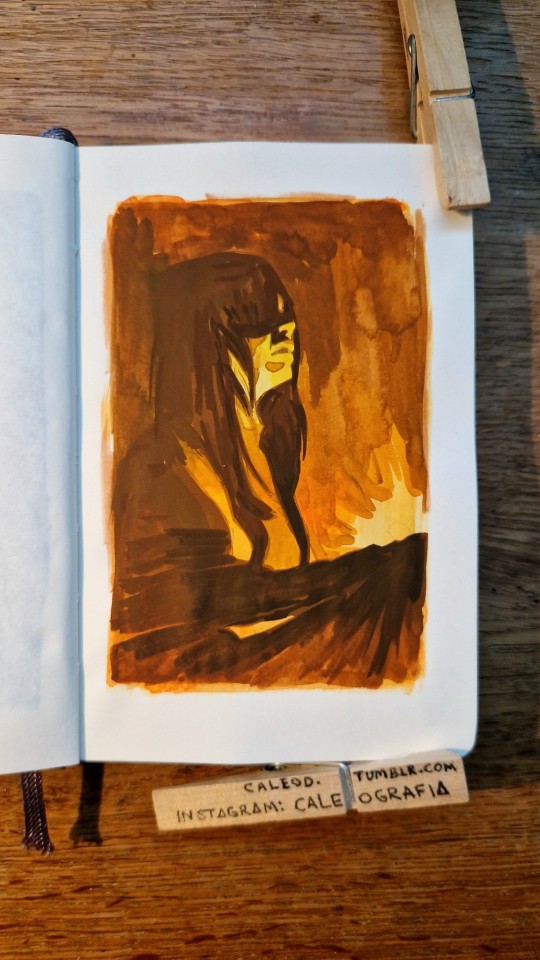
27-9-23
#moleskine#sketchbook#sketch#dailyart#dailydrawing#dailypainting#dailysketch#sketchaday#artoftheday#art#artbook#artists on tumblr#gouache#watercolor#painting#girl#light#dark#shadows#tenebrism
113 notes
·
View notes
Text

Caravaggio, Madonna di Loreto, ca. 1604-1607
#one of my faves of all time#baroque art#madonna#virgin mary#italian art#17th century art#counterreformation art#catholicism#dirty ass feet#michelangelo merisi da caravaggio#caravaggio#tenebrism#chiaroscuro
23 notes
·
View notes
Text

A Concert, 1615 by Leonello Spada (1576-1622), oil on canvas
32 notes
·
View notes
Photo

Pietà (detail, 1633) José de Ribera
784 notes
·
View notes
Text

Francisco de Goya. (1823). Saturn Devouring His Son.
"Saturn Devouring His Son," a haunting masterpiece by the renowned Spanish painter Francisco de Goya, stands as a testament to the dark and tumultuous depths of human emotion. This oil mural, completed between 1819 and 1823, portrays the Greek mythological titan Saturn (Cronus) in a horrifying act of filicide, as he ruthlessly devours his own offspring.
Goya's brushstrokes and composition exude an overwhelming sense of despair, madness, and terror, plunging the viewer into a world of macabre fascination. The dramatic chiaroscuro technique, with stark contrasts between light and shadow, intensifies the eerie atmosphere and enhances the raw emotional impact of the scene.
The central figure of Saturn dominates the composition, his hunched and twisted form expressing a malevolent frenzy. His grotesque features are distorted by agony and frenzy, reflecting the artist's skill in capturing the depths of human darkness. The crimson blood that stains Saturn's beard and hands serves as a chilling reminder of his savage act.
"Saturn Devouring His Son" is often interpreted as an allegory of the destructive forces of time, the fragility of life, and the futility of human existence. It serves as a reflection of Goya's own inner turmoil and the turbulent era in which he lived, marked by political upheaval and personal anguish.
#art#art details#art history#art academia#paintings#art detail#art aesthetic#classic art#romantic academia#dark academic aesthetic#aesthetic moodboard#dark acadamia aesthetic#dark academia#noir palette#aesthetic#aesthetic tumblr#light academia#tenebrism#fine art#european art#renaissance#renaissance art#baroque#baroque art#painting#francisco de goya#noirpalette
137 notes
·
View notes
Text

"Allegory of the Vanity of Earthly Things," c. 1650, unknown French artist
This is one of my all-time favorite Baroque works, but there's, like, no scholarly works on it, so here's an excerpt from an essay I wrote on its meaning, entitled "Shadow and Light: Tenebrism and Chiaroscuro in Depictions of Femininity in Baroque Art":
"While candles in Baroque art tend to serve a similar purpose regardless of context– a literal and symbolic way to expose some otherwise obscured truth– this is used to wildly different effect throughout varying traditions. For example, the candle became a universally-recognized element of vanitas and memento mori paintings– related genres which utilized carefully-curated still lifes as a way to create physical manifestations of the inevitability of death. Items such as books, candles or lamps, skulls, and timepieces became synonymous with these late Renaissance and Baroque-era genres. Skulls, once again, serve as a constant reminder of death and the limitations of the human body, books as a symbol of the limited use of accruing earthly knowledge, and timepieces as a very tangible representation of the unstoppable, unforgiving nature of existence. While the vast, almost complete, majority of paintings within these genres are still lifes, a handful include human or humanlike (e.g. angelic) figures. One such example is the enigmatic Allegory of the Vanity of Earthly Things by an unknown French artist. This painting, while clearly referencing vanitas and memento mori paintings through the familiar naming convention (i.e. “Allegory of …”) and the direct reference to vanity in the title, as well as the selection of objects, evades direct categorization. The female figure is unnamed and unrecognized. Because of the relation of Mary Magdalene to vanitas paintings, one could make the argument that the figure is meant to be a representation of Mary. However, depictions of Mary Magdalene throughout history nearly universally depict her with long, flowing, curly, often blonde or reddish hair (with Artemisia Gentileschi’s Mary Magdalene in Ecstasy being a perfect example). Additionally, when Mary Magdalene is depicted as the subject of vanitas paintings, she is generally the one contemplating the macabre items. In this painting, the woman seems to be wordlessly communicating with an individual to the audience’s left. As she tilts the mirror– a symbol of truth, obsession with the self, and most importantly, prediction– towards this phantom audience member and points to the skull with a faint, knowing smirk, she seems to be very intentionally and explicitly indicating the point of the work– death is inevitable. If the predictive, mystical capabilities of mirrors– as well as the truth-revealing properties of the candle– are considered, one could even interpret the woman as a harbinger of death."
If anyone knows anything more about this painting, I would love to hear about it! I've developed a strange obsession with it.
#memento mori#vanitas#baroque art#chiaroscuro#tenebrism#art history#french art#french art history#1650s#17th century art#baroque#baroque history
58 notes
·
View notes
Text
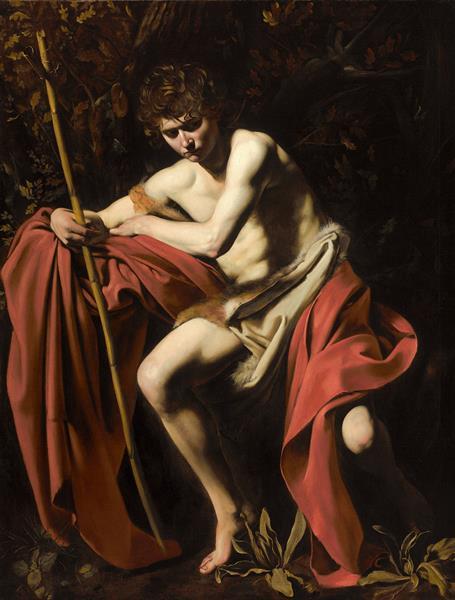
Title: John the Baptist
Artist: Caravaggio
Date: 1604
Style: Baroque, Tenebrism
Genre: Religious Painting
417 notes
·
View notes
Text
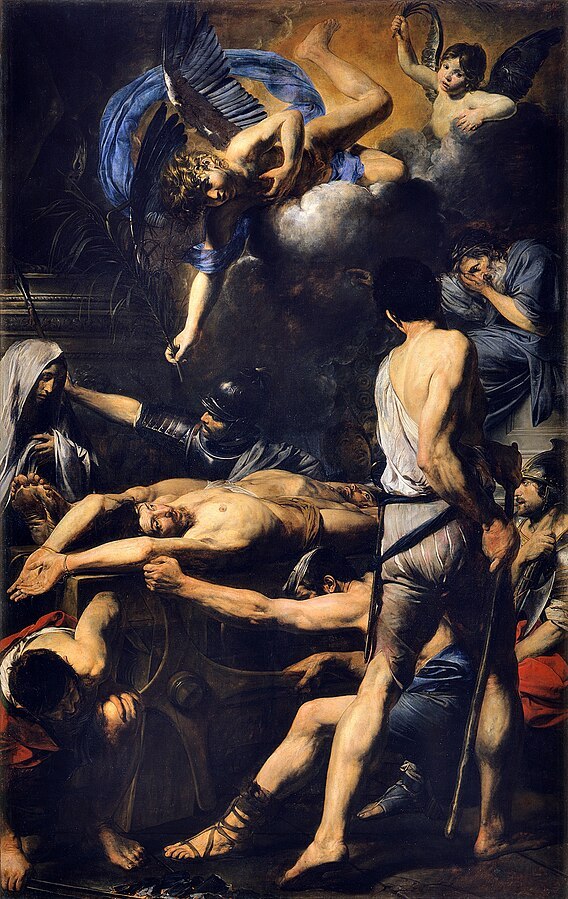
Valentin de Boulogne (1591-1632)
"Martyrdom of St Processus and St Martinian" (1629)
Oil on canvas
Tenebrism
#paintings#art#artwork#religious painting#dark#valentin de boulogne#oil on canvas#fine art#tenebrism#french artist#martyr#martyrs#death#christianity#male figure#angels#1620s#early 1600s#early 17th century#october#halloween
122 notes
·
View notes
Text

The Rokeby Venus
C. 1647-51
Diego Velázquez
#oil painting#historic painting#historical painting#painting#history#baroque#tenebrism#Venus#diego velázquez
8 notes
·
View notes